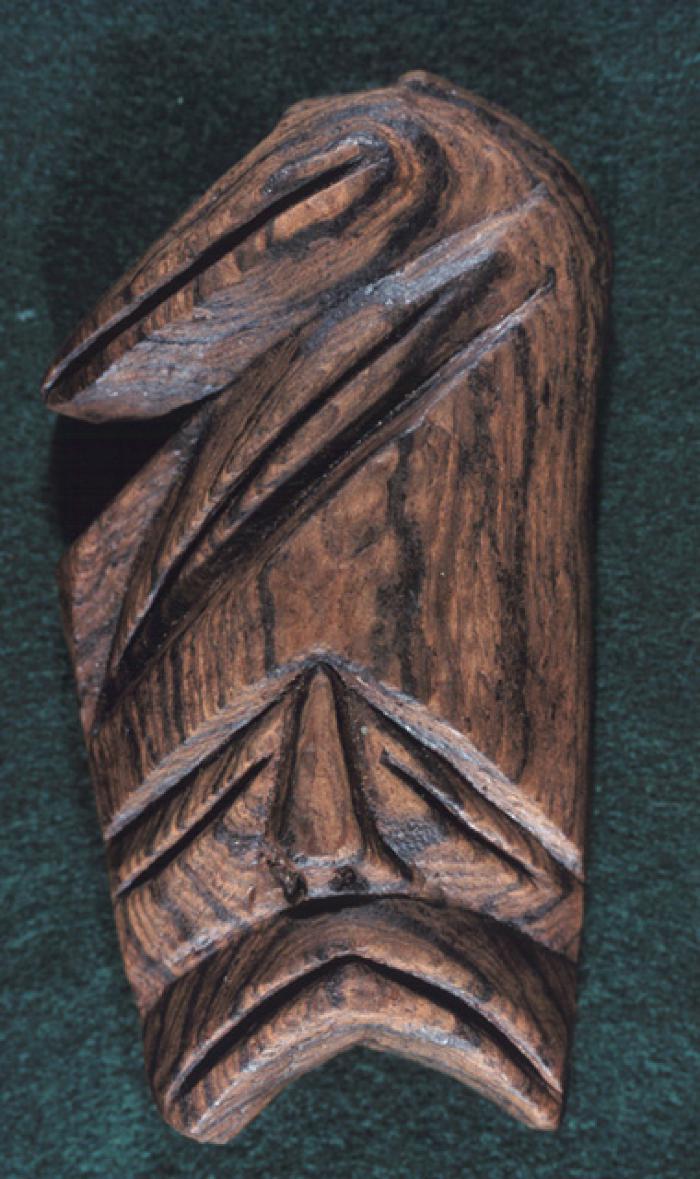Bark — Qelltek

Bark was once a widely used resource in the Kodiak Archipelago, despite the fact that the islands’ spruce forests are relatively recent. The coniferous woodlands of Shuyak, Afognak, and northern Kodiak began developing about 900 years ago, almost seven thousand years after people first inhabited the islands. For most of Kodiak’s human history, people collected bark from cedar and spruce driftwood; harvested it from deciduous plants like cottonwood, Kenai birch, mountain alder, Pacific red elder, salmonberry, and devil’s club; or obtained it in trade with the Alaska mainland.
Bark had many uses. People once employed spruce bark as roofing and siding material for homes and smokehouses. For construction purposes, Alutiiq people cut sheets of this material from the tree’s thick inner bark. Alutiiq people also fashioned cottonwood bark into a variety of items, including toys, gaming pieces, fishnet floats, and even small masks. The bark of the mountain alder could be steeped in water to create a reddish-brown dye for coloring grass and wood, and dried spruce bark and Kenai birch bark were sources of kindling.
Bark also has medicinal qualities. It is particularly useful for wound care. Kenai birch and alder bark can draw the infection out of cuts and boils. Elders report that you can soften fresh pieces of bark in water and place them on a sore with the inner bark against the skin. Bandage the area and leave it to heal. Dried salmonberry bark can also help to heal wounds. People sprinkle the wound with a power ground from salmonberry bark then bandage it.
